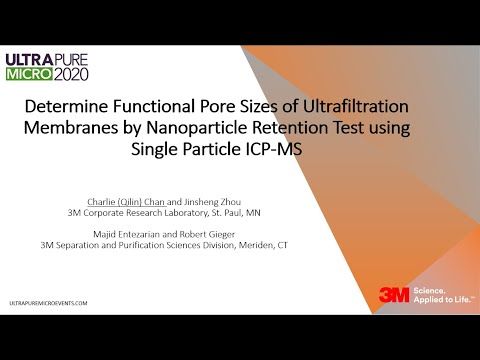Measuring the Particle Retention of Liquid Filters below 100 Nanometers
Date Published 2019 | Learning series
Log in or Join UltraFacility to access this content
To access our resources you will need to be a member of UltraFacility, log in to your account or purchase a membership to view this content.
Already have an account? Log in
This presentation was given at the Ultrapure Micro 2019 annual conference. It was presented during the Learning Series, as part of the Ultrapure Water Production track.
Authors: Ted Caramberis,
Tags: NanoparticlesParticlesSEMIFiltration
Related content
2021
Cobetter Filtration - NOVACON™

Conference material | 2020
Determine functional pore sizes of ultrafiltration membranes by nanoparticle retention test using single particle ICP-MS
UPW journal archive | 2013
Semiconductor Industry Trends Highlighted at UPW Micro 2012
Conference material | 2016
Investigation of 10 nm Particles and its Reduction Systems for UPW Production
Back to results